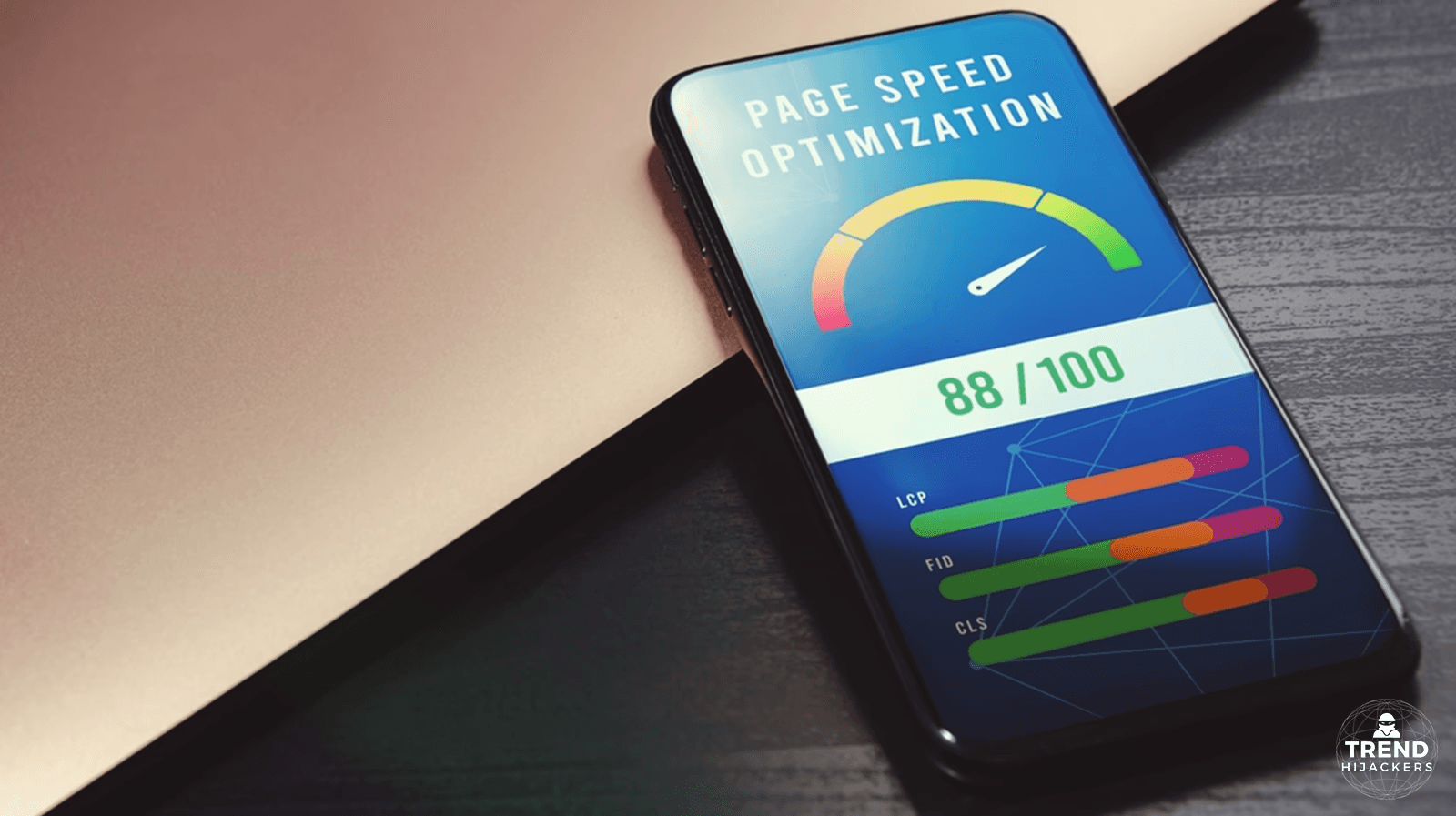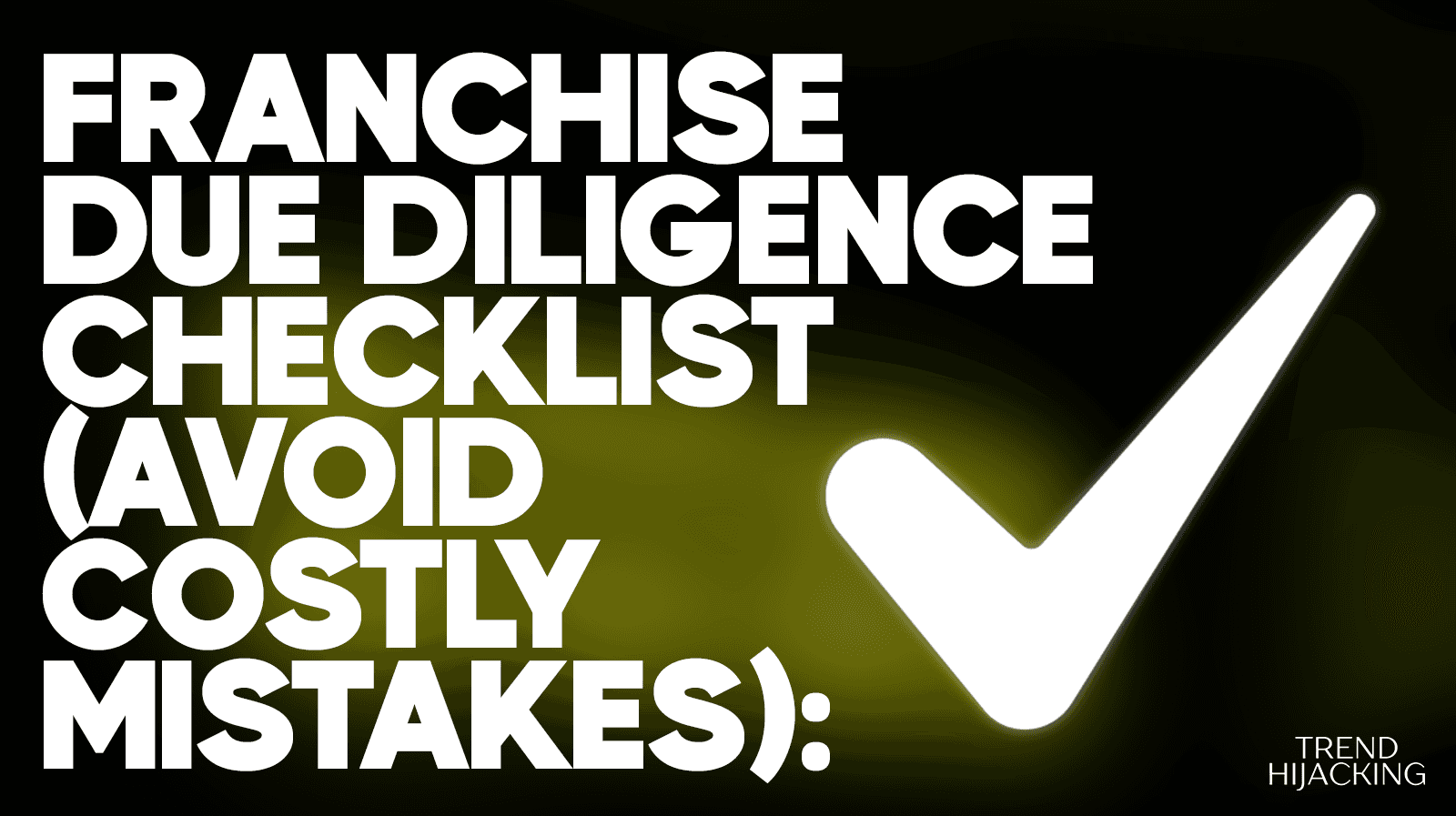Listen, If you don’t create captivating content for your product pages, potential customers landing on your page will leave as soon as they visit.
This translates to countless sales slipping through your fingers and your business revenue dwindling.
Creating compelling content for your product pages is crucial for your e-commerce business. It not only helps display your product but also helps tell a story, sparks curiosity, and compels your visitors to click the buy button.
The right content is the first impression on your e-commerce site that can make a potential customer stay or leave your store.
Having great content can effortlessly turn a browser into a loyal customer.
Our guide below takes you through in-depth details about creating highly effective content that transforms your product pages into powerful selling tools.
Tips For Creating Compelling Content For Product Pages
Here are powerful tips for crafting powerful content that captivates and converts your site visitors into customers:
#1. Understand your target audience

The first and most important step to crafting effective product page content is understanding your target audience.
Research your target demographics. Focus on aspects such as gender, age, location, and interests.
Understand your customers’ pain points and needs to help you uncover what they care about.
Where possible, use surveys, check social media, and read reviews to gain insights into your customers.
Be sure to create detailed buyer personas that give you a clear picture of the different segments of your audience.
These profiles will go a long way in helping you tailor your content to fit the specific needs and preferences of all your customers.
#2. Craft a compelling product title

It's no no-brainer that the first thing a customer sees on your product page is your product title.
As such, you want to take your time to make it as captivating as possible.
We advise you to go for a title length that’s quite easy to read while carrying all the essential details.
Be sure to highlight your product’s key features and benefits in the title.
For instance, if you’re selling a blender, instead of just saying “Blender” say something like “The 5 Settings {{BRANDNAME}} Blender”
Don’t forget to incorporate keywords in your titles to help with SEO while still keeping the title clear and appealing to potential customers.
#3. Write persuasive product descriptions

Once you have attracted a customer’s attention with a great title, you’ll need yet another reason to make them want to stay even more—a persuasive product description!
All professional copywriters agree that the best structure for a good product description comprises the following:
Introduction
Detail the product features
Highlight your product benefits
Conclude with a call to action
Use bullet points when detailing the features to make them say to scan.
Use clear and concise language when writing your description. Focus more on the benefits offered by each of your product features and show how they can improve your customer’s life.
You may also want to add a touch of storytelling to help create a narrative around your product.
This is a secret used by many copywriters to make product descriptions more engaging and help connect emotionally with their readers.
DON’T forget to naturally add keywords throughout your description for the sake of SEO (or if you like it, to make your products easily discoverable via search engines).
#4. Utilize high-quality videos and images

However great your product page content may sound, it’s not 100% complete without visual content (i.e., quality images and videos).
The visual content easily captures attention and helps in building trust. Having high-quality images/videos makes your product look professional and appealing to your customers.
Always show your products from multiple angles and include close-ups of all the important details the products carry.
You can also add lifestyle images, where the product is in use to help demonstrate your product to potential buyers. It also helps share users' testimonials or simply show your product in action.
As for the videos, ensure they are high quality, with professional quality to maintain credibility.
#5. Add customer reviews and testimonials

Incorporating customer reviews and testimonials into your product pages helps add social proof while building trust and credibility.
If you don’t have many reviews/testimonials to show, don’t worry.
You’ll just need to encourage your customers to leave reviews and testimonials by sending them follow-up emails or even offering them small incentives.
Prominently show these reviews on your product pages. Highlight the positive reviews.
However, don’t shy away from addressing the negative feedback as well.
Respond constructively to send a message to potential customers that you value all your customers' opinions and are always committed to improving their experience.
#6. Incorporate clear CTAs (Calls-to-Action)

When customers come to view your products, you must take it upon yourself to guide them on the next steps to take.
And this is where a clear call to action (CTA) comes in.
It helps direct a customer on what to do next.
We suggest that you design your CTAs so that they stand out; using compelling language and contrasting colors can help.
Ensure your CTAs speak immediate action to your customers by using persuasive words and creating a sense of urgency. Perfect examples include “Limited Stock Available” “Get Yours Today” and “Buy Now.”
Placement is also important; Put the CTAs in strategic locations where they’re highly visible to your customers.
#7. Improve the page load speed

Besides writing great content, you should also ensure your product pages load fast. This is crucial for keeping your customers on the page for long.
You don’t want a scenario where your pages are slow loading and customers who don’t have patience (many of them don’t!) leave your store as fast as they come in.
This can lead to high bounce and cart abandonment rates—leading to loss of sales.
To improve page load speed, you should consider compressing images, minifying HTML, CSS, and JavaScript, and using a CDN (content delivery network).
A faster-loading product page translates to a smoother user experience, which keeps a potential customer engaged.
#8. Optimize your content for mobile users

Everyone now owns a smartphone, which they use to do shopping on the web. Therefore, optimizing your product pages to be mobile-friendly is essential.
This ensures the page can adapt to different screen sizes, allowing for easy access on any device, including smartphones or tablets.
Moreover, you should simplify the navigation and checkout process to help reduce friction and encourage customers to make purchases.
Small tweaks such as large buy buttons, streamlined forms, etc., can go a long way in improving the overall mobile users’ experience.
#9. Monitor and analyze performance

Finally, you’ll need to track the performance of your product pages. This is one thing most folks completely ignore and can cost you greatly.
Check various metrics such as bounce rates, conversion rate, time on page, etc., as they can help offer you insights into what is working and what isn’t.
You can rely on tools such as Google Analytics, A/B testing, and heat maps to gain helpful data regarding your product page's performance.
Use these database improvements to continuously optimize your pages and boost their performance.
BONUS TIP:
Highlight special offers on your page.
Special offers can further help make your product page more captivating to potential buyers.
Consider offering your customers free shipping, discounts, and limited-time deals.
Place these offers strategically on the page—ideally above the fold or near the call-to-action button to easily catch the customer’s attention.
Conclusion
Creating compelling content for product pages on your store is the secret to sending a good first impression to your site visitors and even turning them into long-term customers.
As we have just discussed in the above article, you can achieve effective content by understanding your audience, creating engaging titles and product descriptions, and using high-quality videos and images.
Don’t forget to continually evaluate your product pages to see what works and what doesn’t.
Keep making adjustments where necessary to ensure better performance for all your pages and higher conversion rates.











